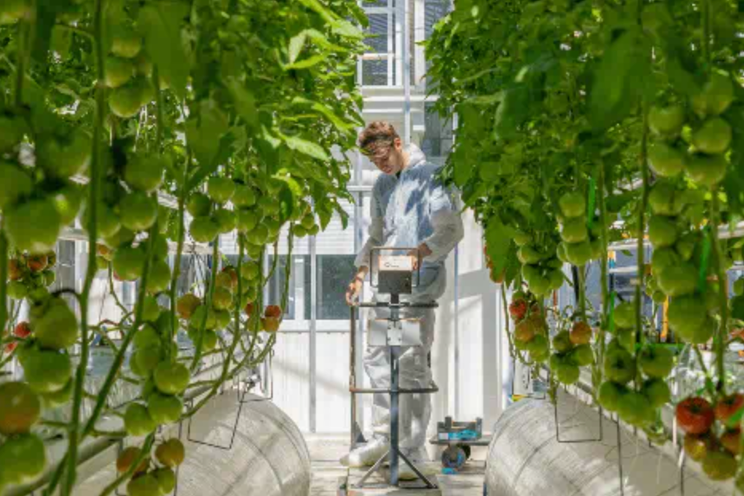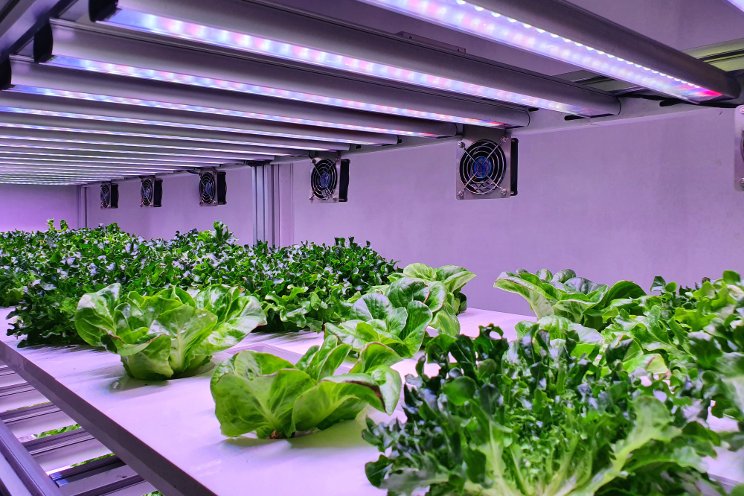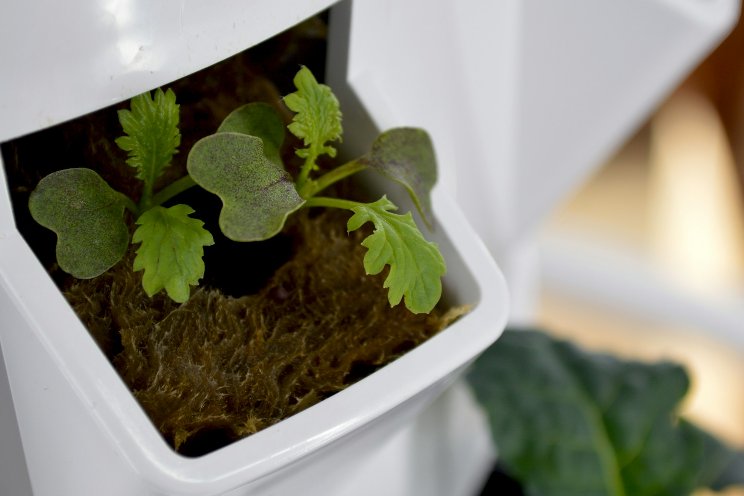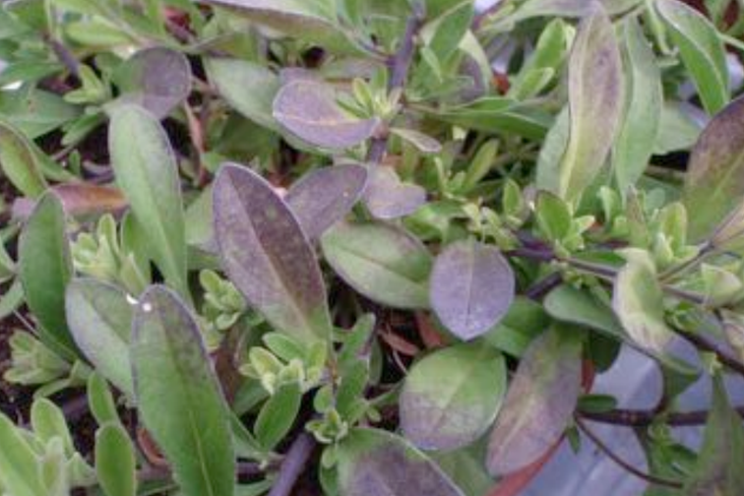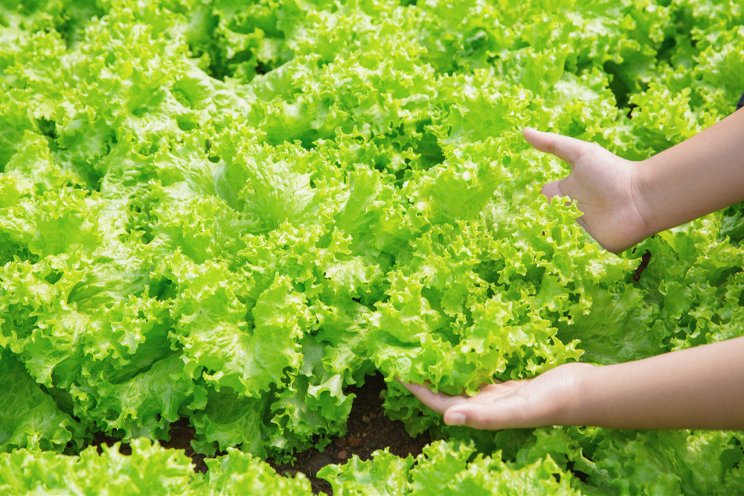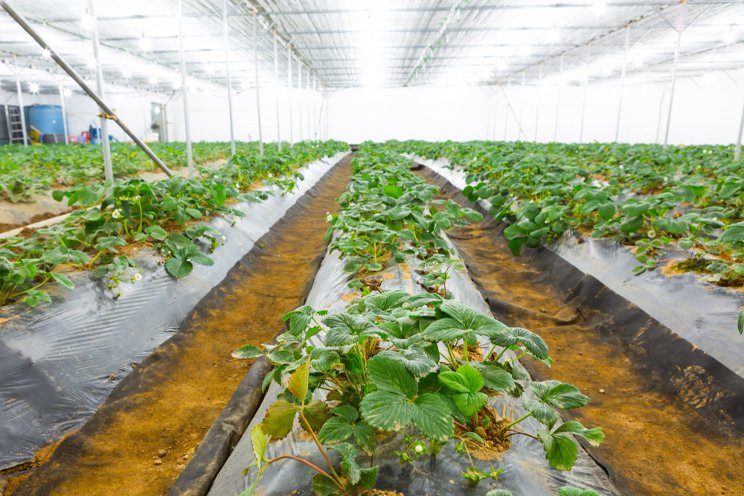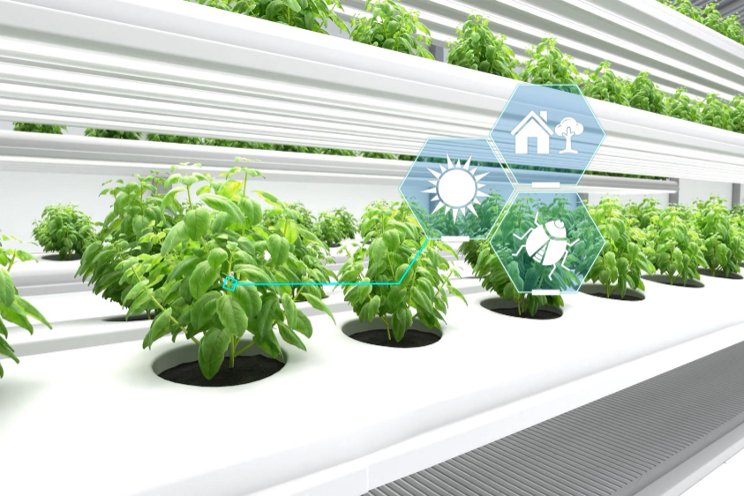Caryophyllene: What is this spicy cannabis terpene worth?
Added on 19 April 2024
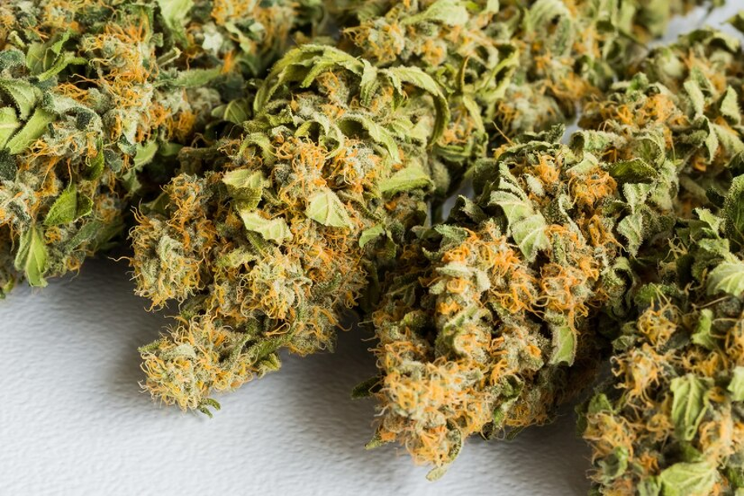
Caryophyllene is a spicy-scented terpene that is not only present in cannabis but also in other common plants and items like black peppercorns, cloves, and cinnamon. It is known for its distinctive peppery, spicy, and woody aroma, contributing depth to the flavor profiles of these plants. Curious enough, its molecular structure allows it to bind with CB2 receptors, which play a significant role in modulating the effects of inflammation and pain within the body. Research also suggests that caryophyllene may reduce inflammation, a benefit that could be particularly useful for conditions like arthritis. A study conducted in 2018 demonstrated that caryophyllene significantly reduced inflammation in a model of arthritis in rats. Earlier studies indicate that caryophyllene may also help slow the proliferation of cancer cells. A 2016 study noted its potential to inhibit the growth of certain types of cancer cells, along with showing potential in managing anxiety and depression. Its ability to bind to CB2 receptors might also influence the body's stress response, providing a calming effect without the psychoactive effects associated with THC.
Although of the potential uses mentioned above are all magnificent in themselves, it would be a shame to not offer cannabis growers and enthusiasts a practical guide to achieve potent levels of this rich and refreshing terpene in your cannabis crops :
Genetic Selection
Strain Choice: The genetic makeup of the cannabis plant is the most critical factor in terpene production. Choose strains known for their high caryophyllene content, such as Sour Diesel, Gelato, and Sherbet. Using clones from plants that have demonstrated high terpene yields can ensure genetic consistency and reliability.
Optimal Growing Conditions
Soil Quality: Use a nutrient-rich soil that is well-aerated and well-drained. Soil amendments like biochar can improve soil health and potentially enhance terpene production by improving nutrient availability and microbial activity.
Light Exposure: UV-B light has been shown to increase terpene synthesis in cannabis. Adding UV-B light to your growing setup for a few hours a day can potentially increase caryophyllene levels.
Temperature and Humidity: Cannabis generally produces more terpenes when grown in conditions that mimic their natural environment. For caryophyllene, slightly cooler night temperatures towards the end of the flowering phase can help enhance terpene synthesis. Humidity levels should be controlled to avoid mold and mildew, with lower humidity towards the end of flowering to promote trichome production.
Stress Techniques
Controlled Stress: Applying controlled stress techniques such as low-stress training (LST), high-stress training (HST), or even light defoliation can stimulate the plant to produce more trichomes, potentially increasing terpene content as a defense mechanism.
Drought Stress: Brief periods of controlled drought stress may encourage the plant to redirect its resources towards increasing its terpene profile as a survival mechanism.
Nutrient Management
Terpene-specific Nutrients: While there’s no specific nutrient that boosts caryophyllene directly, ensuring your plants have a balanced diet of essential nutrients is crucial. Magnesium, for example, is vital for chlorophyll production and plant metabolism, both of which are crucial for terpene synthesis.
Phosphorus and Potassium: High phosphorus and potassium levels during the flowering phase can help enhance terpene production.
Harvest Timing
Peak Ripeness: Terpenes are at their highest concentration when the plant is fully mature. Harvesting too early can result in lower terpene levels. Monitor trichome development to determine the optimal harvest time.
Post-Harvest Handling
Curing Process: Proper drying and curing can significantly affect terpene preservation. Cure cannabis in a controlled environment — cool, dark, and with slight humidity — to allow for the slow degradation of sugars and chlorophyll without losing terpenes.
Experimental Approaches
Mycorrhizal Inoculants: The use of beneficial fungi, such as mycorrhizae, can improve plant health and nutrient uptake, potentially affecting terpene production.
Plant Extracts and Essential Oils: Some growers experiment with spraying diluted essential oils or plant extracts (like black pepper oil high in caryophyllene) onto the plants to possibly encourage the production of specific terpenes through a mimetic effect.
Implementing these strategies can help optimize caryophyllene production, but it’s essential to remember that the genetic ceiling of the plant limits all terpene levels. Always start with a genetically suitable strain to ensure the best potential outcome.
Terpenes in medical cannabis are not just about the aroma—they play a crucial role in enhancing the therapeutic effects of cannabinoids through a phenomenon known as the entourage effect. Originating from the same glands that produce cannabinoids like THC and CBD, terpenes are the aromatic oils that color cannabis varieties with distinctive flavors like citrus, berry, mint, and pine.
All in all, caryophyllene offers a unique bridge between the worlds of terpenes and cannabinoids, providing potential therapeutic benefits through its interaction with the body's endocannabinoid system. Its presence in various cannabis strains enhances their therapeutic profile, making it a key player in the effects that these strains can offer. As research continues, the understanding of caryophyllene's full potential is likely to expand, potentially leading to new applications in medical treatments and wellness practices.
Written by DANIEL CIUREA
More news

